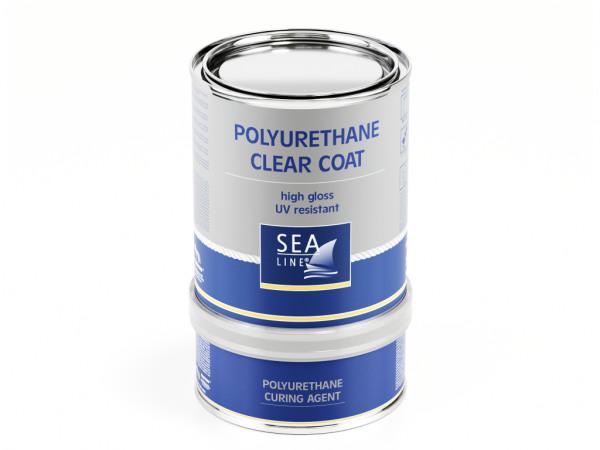
Dutante los trabajos es muy importante utilizar el diluyente adecuado lo que proporciona los parámetros apropiados de la pintura – fluidez, tiempo de trabajo, tiempo de secado.
Diluyente para aplicaciones para pistola pinturas y barnices superficiales
Diluyente para aplicaciones brocha/rodillo pinturas y barnices superficiales
| Tipo de embarcación | madera, Laminado, | |
| Lugar | Por encima por debajo de la linea de flotación | |
| Función | Top coat – capa de acabado de alto brillo Imprimación | |
| Aplicación | pistola, brocha, rodillo | |
| Diluición | SÍ – Diluyente para poliuretano Sea-Line | |
| Rendimiento teorético 1l | 12÷13 m2 para 80 μmWFT/ 39 μm DFT | |
| Número de capas | 2 – 4 | |
| Tiempo de trabajo 20°C | 3 h | |
| Tiempo entre capas sin necesidad de lijar | min 20 m. | |
| Color: | incoloro (transparente) | |
| Embalaje | 0,750 l | 15 l |
| Código | 6749 | 7506 |
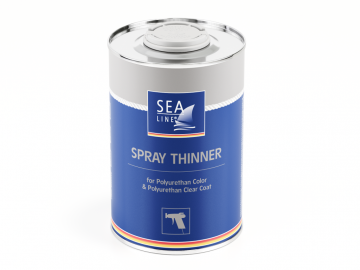
Disolvante para aplicaciones para pistola pinturas y barnices superficiales Disolvante los trabajos es muy importante utilizar el disolvante adecuado lo […]
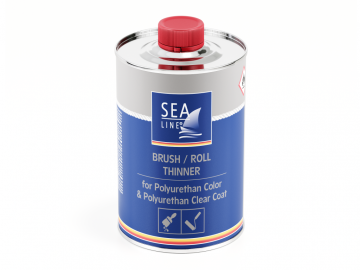
Disolvante para aplicaciones brocha/rodillo pinturas y barnices superficiales Disolvante los trabajos es muy importante utilizar el disolvante adecuado lo que […]
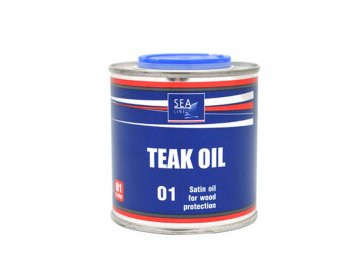
PRODUCT DISCRIPTION : O1 TEAK OIL is one-component oil for exotic wood which is difficult to impregnate, e.g.: teakwood, mahogany, […]
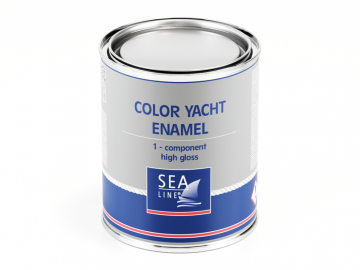
1-componet synthetic color enamel Available 5 colors in high gloss Recommended for exterior above waterline and interior Can be use […]
Sea-Line yacht paints are designed for painting the surface of boats and yachts made of various materials, e.g. laminate, wood or steel. We do not have a certificate of the National Institute of Hygiene, which would allow the use of yacht paint to paint the tank with drinking water.
If the scratches are not deep, then we can renew the scratched side by polishing with Sea-Line polishing pastes. Above the waterline, when the scratches are not deep, the surface can be repaired with a DRY FAST gel coat filler. Deep scratches should be filled with epoxy filler (selected depending on the requirements of the scratched surface), painted with a primer and then painted with topcoat.

Para rellenar cavidades y hacer frente a las desigualdades causadas por daños o durante el curso de la producción

Barcos de superficie de impacto de las actividades de ósmosis y la corrosión destructiva en ambientes hostiles

Protección contra el agua y contra los efectos negativos de los rayos UV

Proteger la parte inferior de la embarcación antes de las incrustaciones de algas y conchas. Protección contra el agua

Eliminación efectiva de arañazos, color refrescante y gelcoat brillo o pintura

Preparaciones especializados para la limpieza y restauración efectiva

Laminación, encolado y relleno de fisuras en gelcoat

Una serie de productos útiles durante el constructor de barcos de trabajo